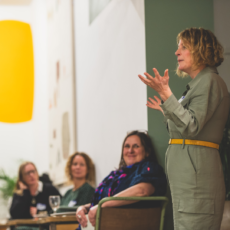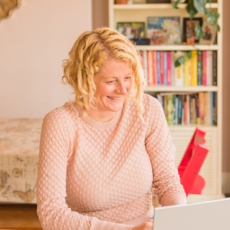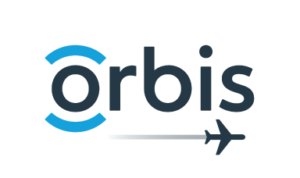Back in 2013 the organisation I worked for moved offices. It was a smaller space, with fewer desks. The thinking was that we’d all work a couple of days from home as well as have time in the office. Pretty radical in 2013, much less so in 2021!
Right now employers everywhere are considering what hybrid working might look like, so here are some of my observations of what worked and what didn’t, from way way back in 2013!
- Use your time wisely: messenger, email and folk like me coming to sit on your desk for a chat (I love a desk visit) whilst being great for building relationships and moving work on at pace, do cost companies an awful lot in lost time due to the constant interruptions. However, a hybrid model means we can save up the focused tasks for when we are working at home, only as long as working at home doesn’t mean being chained to messenger all day long because we need to look present and busy. Have a conversation about what working at home means when it’s part of a hybrid model. As a manager, try not to expect your team members to be always visibly available. Role model not being available sometimes yourself. This all comes back to trust: trusting your team to know how to arrange their day so they can be the most productive.
- Thinking of a bookable desk system for hot desking? I have no solutions for you here but I do want to mention the strange dance that used to happen at 10am every morning, as folk who had booked a desk but forgotten to sign into it were suddenly turfed out of their chair by someone booking a last minute desk which had been ‘returned to the system’. I reckon about 30% of the work force lost about 30 minutes each day as everyone played musical chairs.
- The joy of a team day. Of course everyone wants to not be in the office all the time, but when they ARE in the office they want everyone else to be there. Logistically hard to pull off, but a useful halfway house is a team day. Every Friday the people group that I worked in sat together in person in the office. The sense of team continued, in fact it didn’t feel much different from all of us being in every day, but stuck in meeting rooms! It reduced email traffic because we knew we’d all see each other on Friday and anything non urgent could wait to chat about over a cup of tea. Friday was a great day for a people group as…. fewer internal meetings and more informal collaboration.
- Everyone is there or everyone dials in. I was a Learning & Development manager when we moved offices and designing and delivering learning across the global organisation. We were all used to colleagues from offices in places like Kenya, Sierra Leone and The Philippines dialling in. But it became very clear that having half the folk in the room and half dialling in only works in a limited set of scenarios, including a top down staff briefing with minimal interaction, but excluding: interactive training sessions, team building and regular team meetings. If you’re not in the room but other people are, you are only able to pick up on part of what is going on, you’re missing all the non verbal cues and it can be incredibly alienating and counter productive. So we moved to a system that wherever possible everyone was in the room or everyone was dialling in.
What will be the biggest challenge for you moving to a hybrid way of working?
Back in 2013, different colleagues struggled with different parts of the set up – some didn’t enjoy hot desking, others found the admin side of desk booking a pain. And there were definite benefits too – we got to know different people in different teams – always good for collaboration. We had more flexibility in our lives which led to less stress and more creativity.
This is just my experience of working in one particular organisation going through one particular cultural shift in ways of working. Your organisation will undoubtedly have its own needs and quirks, but your people will have many of the same needs and quirks as my colleagues did back in 2013 because we are all human beings and what we need – to feel significant, to have some autonomy, to feel that the process is fair – is pretty universal.
If I was heading up a team in an organisation in May 2021 I’d be having conversations with my own bosses about their plans, I’d be working out what is on the table with regards to a return to the office. I’d be advocating for involving everyone at all levels in the organisation in part of the consultation. Not all of the decisions can be made by committee, but if we feel we’re involved in elements of the decision making we are more likely to support them in the long run.
And I know this is what many of you are already doing, and there are many, many different ways of working this one out, and it may involve a few iterations to get it just right. But it is possible, and then, the benefits can be transformational!


















